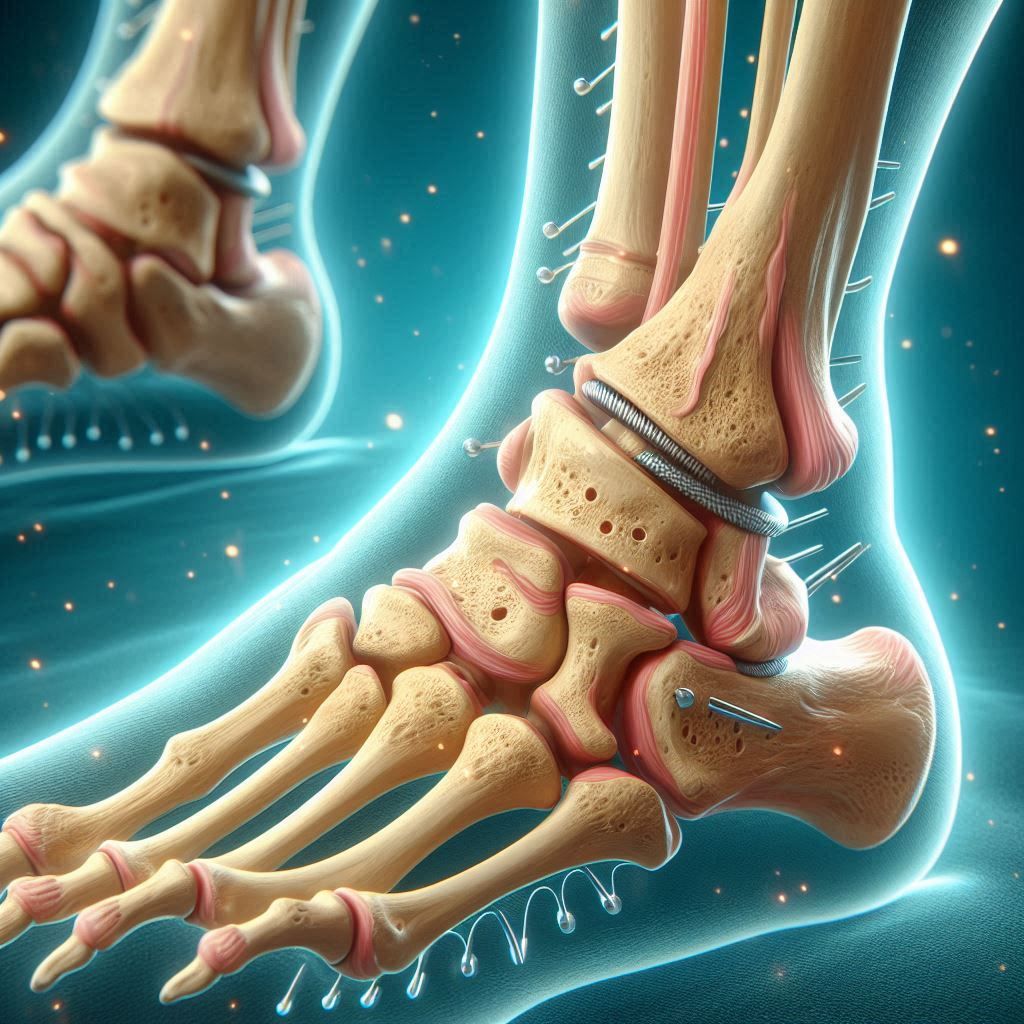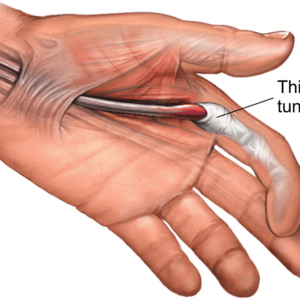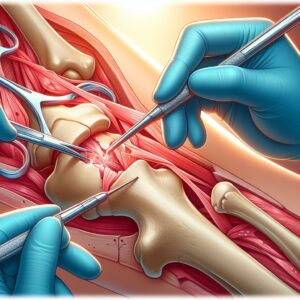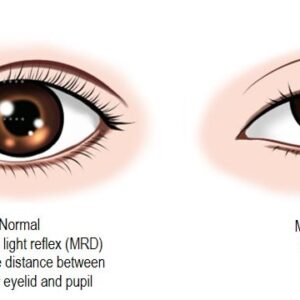Description
Familiarity with Treatment
Bone fusion surgery, also known as arthrodesis, is a procedure that aims to permanently join two or more bones in the body. This surgical intervention is commonly performed in various areas, including the spine, ankle, and hindfoot, to address conditions such as severe arthritis, instability, or deformity. The fusion process involves the gradual growth of bone tissue between the adjacent bones, ultimately creating a solid and stable connection.
Procedure
The specific procedure for bone fusion surgery varies depending on the location and the underlying condition being addressed. In spinal fusion surgery, for example, the surgeon may use bone grafts or substitutes to facilitate bone growth between the adjacent vertebrae, eventually forming a single bone. In other areas such as the ankle or hindfoot, the surgeon may use screws, plates, or bone grafts to hold the bones in the correct position, promoting the fusion process.
Who is it Suitable for?
Bone fusion surgery is suitable for individuals with conditions such as severe arthritis, instability, or deformity that have not responded to non-surgical treatments. It is recommended for those experiencing chronic pain, limited mobility, and a decreased quality of life due to bone-related issues.
Who is it Not Suitable for?
Bone fusion surgery may not be suitable for individuals with certain medical conditions that increase the risks associated with surgery. Additionally, those with less severe bone-related issues that can be effectively managed through non-surgical treatments may not be suitable candidates for this procedure.
Advantages
The advantages of bone fusion surgery include the potential for pain relief, improved stability, correction of deformity, and enhanced joint function. By addressing severe bone-related issues, the surgery aims to enhance mobility and overall quality of life for suitable candidates.
Complications
Complications associated with bone fusion surgery may include the risk of infection, delayed healing, nerve damage, and the potential need for repeat surgery in cases of nonunion. Additionally, the change in biomechanics after fusion surgery may increase stress on adjacent bones or joints, potentially leading to degenerative changes in those areas.
Preoperative Care
Preoperative care for bone fusion surgery involves thorough patient evaluation and planning, taking into account all relative and absolute contraindications. Preoperative rehabilitation, including strength and movement improvement in the affected area, is recommended to optimize postoperative recovery and decrease the risk of postoperative stiffness.
Postoperative Care
Postoperative care for bone fusion surgery focuses on monitoring the patient’s physiological health and aiding in postsurgical recovery. This phase may involve rehabilitation, immobilization of the affected area, and a gradual return to weight-bearing activities after a specified period. Close adherence to postsurgical care instructions is crucial for successful recovery and long-term stability.






Reviews
There are no reviews yet.